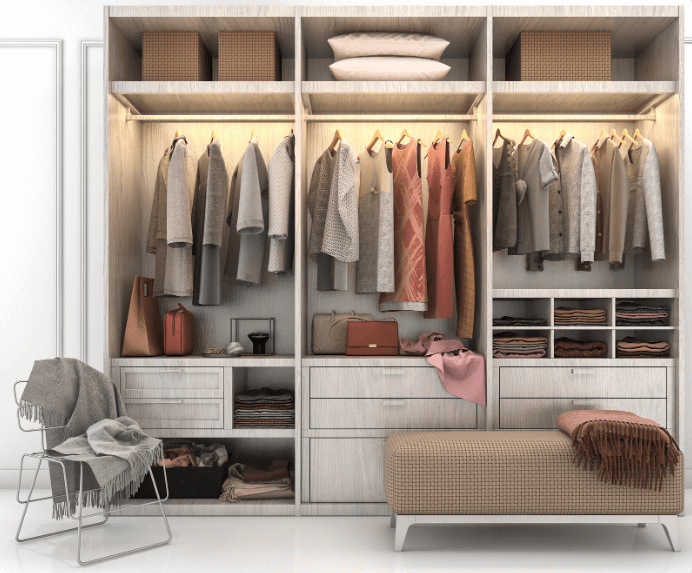
The modern home is a blend of style, functionality, and innovation, particularly in the realm of cabinetry design. This article explores the latest trends reshaping our approach to storage and style in living spaces.
The Rise of Minimalism in Cabinetry
Minimalism transcends mere design choice; it’s a lifestyle philosophy. In contemporary homes, cabinetry characterized by clean lines and uncluttered surfaces is increasingly favored. These minimalist designs, as showcased on https://snowcabinetry.com/, offer a sleek, sophisticated aesthetic while maximizing space efficiency. The range includes handle-less drawers and cabinets in neutral color palettes, epitomizing minimalist elegance.
This minimalist approach is not solely about visual appeal; it’s deeply rooted in functionality. The simplicity in design often masks intricate engineering that ensures smooth operation and optimal space utilization. Features like hidden compartments and innovative corner solutions are staples in minimalist cabinetry, maximizing every inch of available space.
Functional Meets Aesthetic
In modern cabinetry, functionality and aesthetic appeal are intertwined. The use of innovative materials and finishes ensures durability and ease of maintenance. Smart storage solutions like hidden drawers and multi-functional units are increasingly popular, demonstrating that beauty and utility can coexist.
Materials such as high-pressure laminates, engineered woods, and recycled materials are at the forefront of this trend. These materials are not only durable and easy to maintain but also offer a variety of finishes and textures, allowing for diverse design possibilities. The incorporation of soft-close hinges, LED lighting, and customizable compartments further enhances the functionality of modern cabinetry.
Customization and Personalization
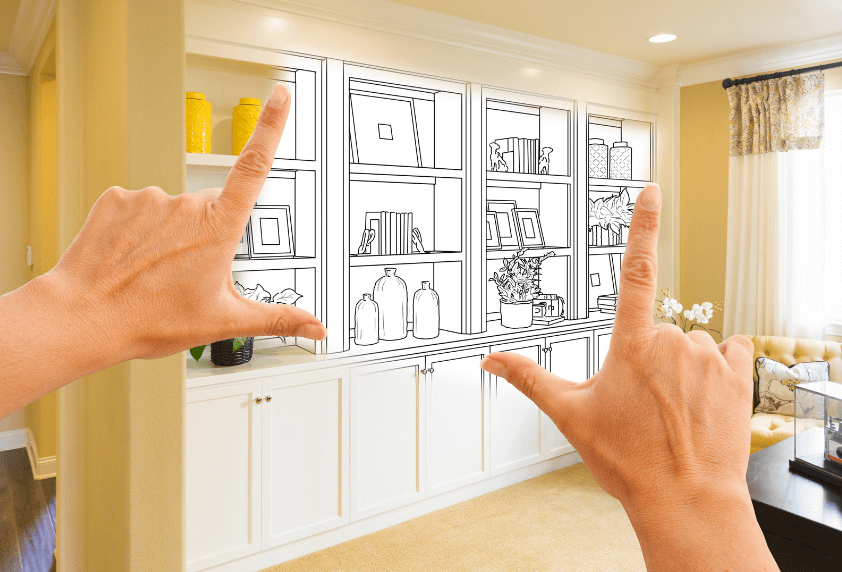
Personalization is a significant trend in cabinetry design. Homeowners now have the opportunity to tailor their cabinetry to reflect their personal style. From unique finishes and colors to bespoke hardware choices, the customization options are limitless, enabling individuals to make a distinct statement in their homes.
This trend extends beyond aesthetics to functionality. Customization also means creating cabinetry that fits the specific needs and lifestyle of the homeowner. Whether it’s a pull-out spice rack for cooking enthusiasts or a built-in pet feeding station for animal lovers, modern cabinetry can be adapted to suit any specific requirement.
Eco-Friendly and Sustainable Practices
Sustainability is imperative in modern cabinetry design. The use of eco-friendly materials and sustainable manufacturing practices is growing. This shift contributes to a healthier environment and aligns with the increasing eco-consciousness among homeowners.
Sustainable practices in cabinetry include using reclaimed wood, bamboo, and other renewable resources. Low-VOC finishes and adhesives are becoming standard, reducing harmful emissions and improving indoor air quality. Many manufacturers are adopting energy-efficient production methods and recycling programs to minimize their environmental impact.
Smart Cabinetry for the Tech-Savvy Home
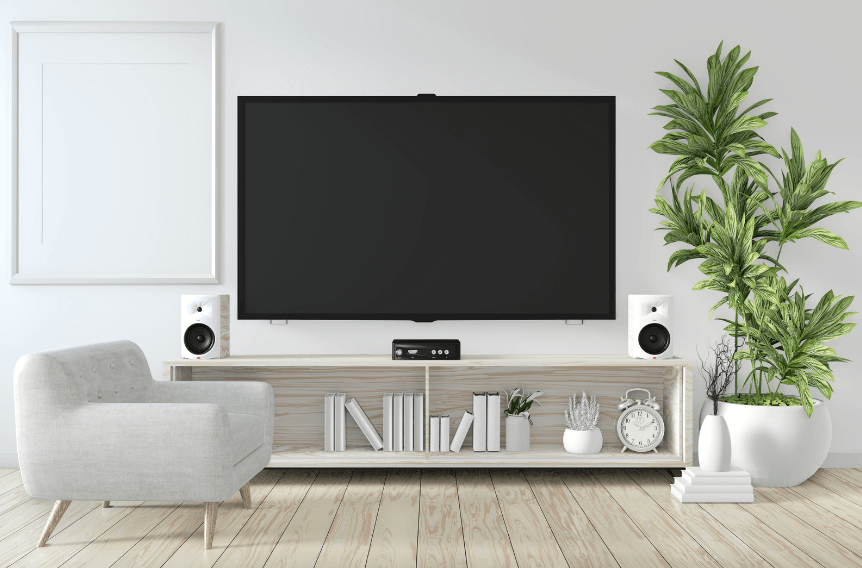
As homes become more integrated with technology, so does cabinetry. The integration of technology into cabinetry design is a growing trend. Features like built-in charging stations and smart organizational systems are becoming standard in modern cabinetry, catering to the needs of a tech-savvy generation.
This trend is not just about convenience; it’s about creating a seamless home experience. For example, cabinets with integrated speakers and voice control capabilities can enhance entertainment, while smart lighting systems can improve visibility and ambiance.
Integration of Advanced Materials
The use of advanced materials in cabinetry is revolutionizing kitchen design. Materials like tempered glass, carbon fiber, and advanced polymers are being incorporated for their durability, lightweight properties, and unique aesthetics. These materials not only offer a contemporary look but also provide enhanced resistance to heat, moisture, and wear, making them ideal for modern kitchens. The incorporation of these materials allows for a range of new design possibilities, from ultra-modern, glossy finishes to sophisticated, textured surfaces that add depth and interest to the kitchen space.
Moreover, these advanced materials often come with improved environmental credentials. Many are recyclable or produced with less environmental impact, appealing to the eco-conscious homeowner. Their durability also means a longer lifespan, reducing the need for frequent replacements and thus contributing to a more sustainable approach to home design. This shift towards advanced materials reflects a broader trend in home design, where innovation, aesthetics, and sustainability intersect.
The Role of Color in Modern Cabinetry
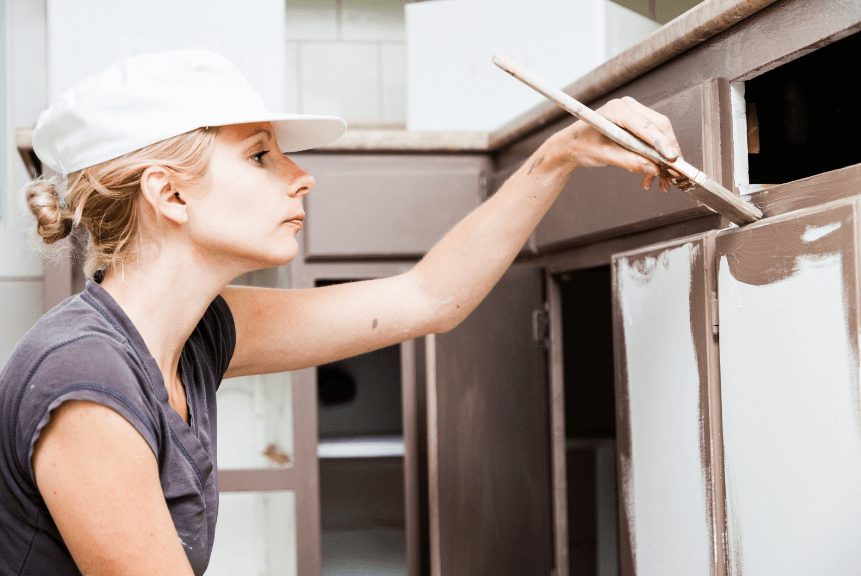
Color plays a pivotal role in modern cabinetry design. Beyond traditional wood tones, homeowners are experimenting with bold colors like deep blues, vibrant greens, and even matte black. These colors can create a statement piece in the kitchen or be used subtly to add depth and character to the space. The choice of color in cabinetry can reflect a homeowner’s personality and set the mood for the entire kitchen. It’s not just about aesthetics; color can also influence our perception of space, with lighter colors making a room feel larger and darker hues creating a more intimate atmosphere.
In addition to bold colors, there’s also a trend towards mixing and matching different hues and textures. This might involve combining natural wood finishes with painted surfaces or using contrasting colors for upper and lower cabinets. This approach allows for greater personalization and can help to define different zones within an open-plan space. As color psychology becomes more prominent in interior design, the choice of cabinetry colors is increasingly seen as an important aspect of creating a harmonious and inviting home environment.
Ergonomic Design for Comfort and Efficiency
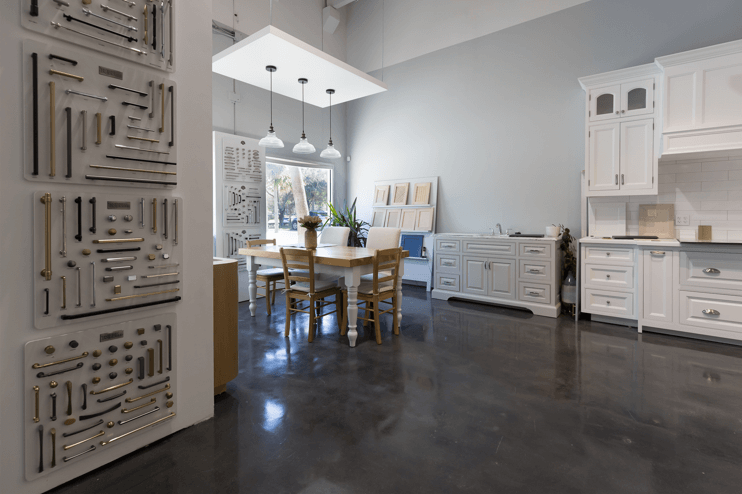
Ergonomics is becoming increasingly important in cabinetry design. Features like varying counter heights, pull-out shelves, and deep drawers are designed to minimize strain and improve accessibility. This focus on ergonomics ensures that the kitchen is comfortable for all users, regardless of their height or physical ability. For instance, lower countertops can make food preparation easier for shorter individuals or those in wheelchairs, while pull-out shelves allow easy access to items stored at the back of cabinets.
Additionally, ergonomic design often goes hand in hand with smart storage solutions. Innovations such as corner drawers, vertical dividers for baking sheets, and custom organizers for utensils and spices make the most of available space and keep everything within easy reach. These features not only enhance the functionality of the kitchen but also contribute to a cleaner, more organized space. As kitchens continue to serve as the heart of the home, the importance of ergonomic design in cabinetry cannot be overstated, ensuring that these spaces are both comfortable and efficient for everyday use.
Conclusion
The landscape of cabinetry design is continuously evolving, reflecting changes in lifestyle, technology, and environmental awareness. These trends underscore the industry’s shift towards designs that are visually appealing, functional, customizable, and sustainable. As we embrace new technologies and materials, the future of cabinetry design looks both exciting and promising, offering endless possibilities for personalization and innovation in our homes.
Ava Clarkson
Related posts
Stay connected
Today's pick
- Things to Remember While Designing Your Custom Modular Kitchen in GurgaonGurgaon now known as Gurugram is the second largest city in the state of Haryana and is a reflectiossn of an ideal modern city with futuristic goals. Witnessing rapid urbanization, it has also emerged as a hub for contemporary homes, with homeowners seeking innovative and... The post Things to Remember While Designing Your Custom Modular […]
